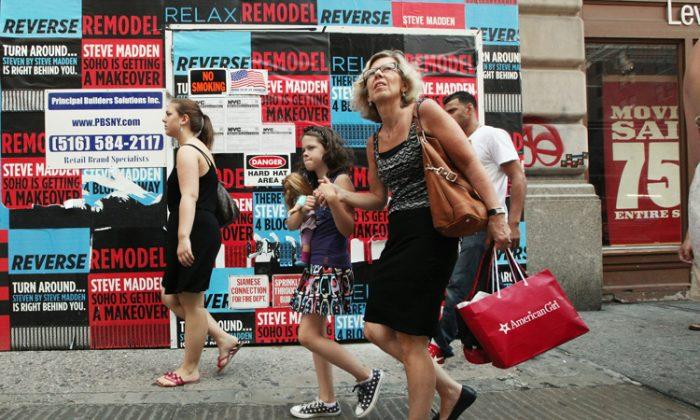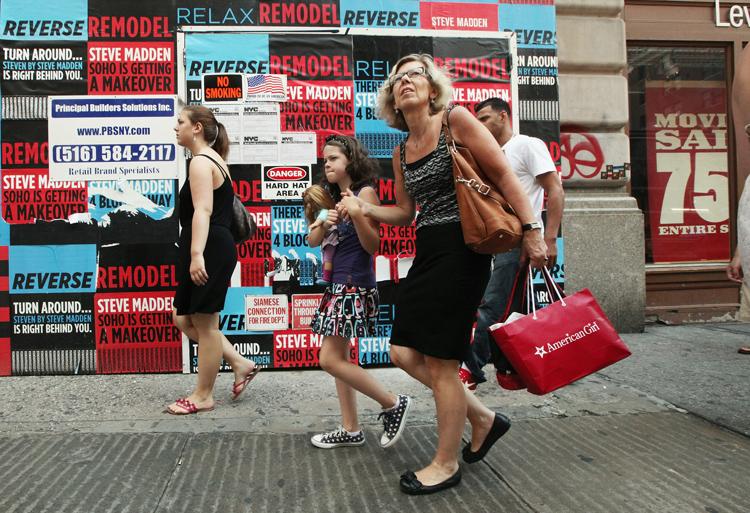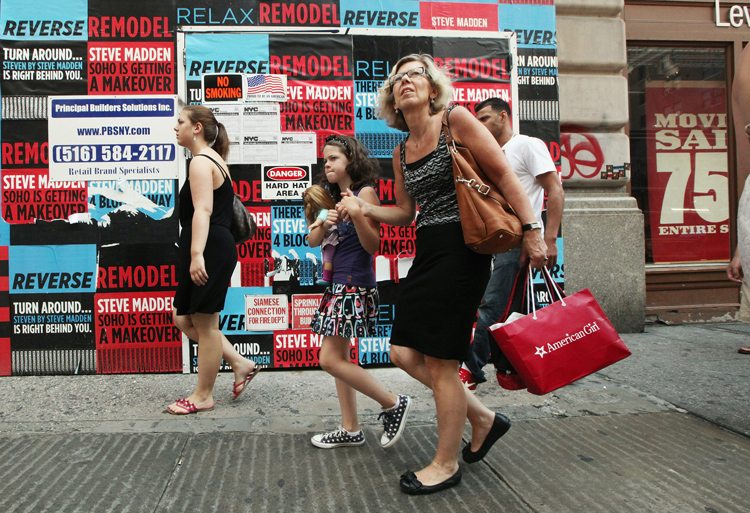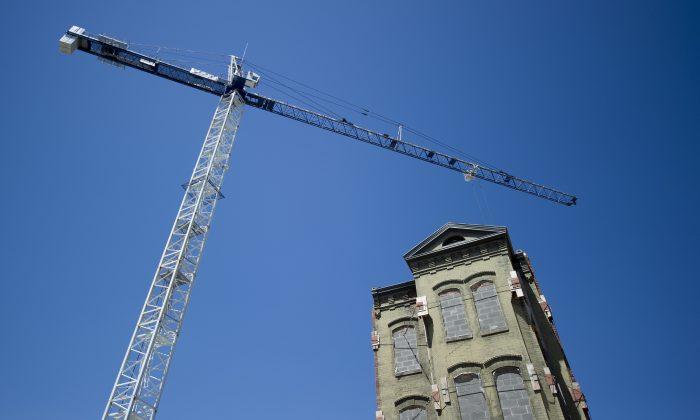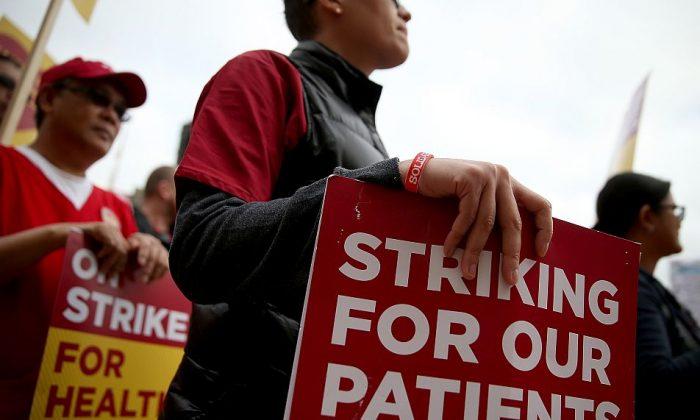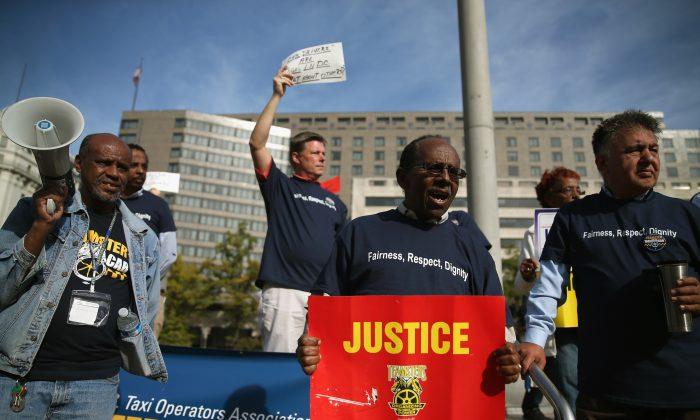“Simply put, all around, this was a terrible U.S. retail sales report,” the Profit Confidential article said.
Not all economists are discouraged, given that some have come up with more positive retail sale numbers. In a late June article published on the DSNews website, economist Mark Lieberman suggests that consumer spending is going up.
“Personal consumption—which represents 70.7 percent of the nation’s GDP—for the first two months of the second quarter was up just 0.5 percent from the first quarter; personal consumption grew 1.25 percent from the fourth quarter of 2011 to the first quarter of 2012,” Lieberman said.
End of Unrestrained Consumer Spending
“Not one economist projected retail sales to be down by this much, nor projected there could be such weakness within the retail sectors. But how can such rosy projections be made when real consumer discretionary income has barely registered a pulse in the last year?” the Profit Confidential article asked.
What is ailing the industry is that not enough jobs have been created, people’s salary potential has declined, people are more inclined to save for a possible rainy day, and discretionary income is not anywhere near where one could expect increased consumer spending.
What is of concern to economists and market experts is that although gasoline prices at the pump have declined, consumers have not gone back to their pre-economic meltdown purchasing habits. Decreasing gasoline prices are generally a precursor of a new spate of consumer spending, but so far this has not materialized.
If consumers are reluctant to buy products, retailers will sit on their inventory and be unable to send in more orders to manufacturers. In return, a domino effect ensues, as those involved in the supply chain will experience a decline in orders. That in return may result in layoffs, bankruptcies, and other economic calamities. In short, return to a healthy corporate sector could take more time than one had hoped for.
“Consumer spending patterns and the retail sector are telling us that corporate revenue growth will continue to be weaker, putting into the question the economic recovery,” according to a July 11 article on the Profit Confidential website.
At the beginning of 2012, an article by the Federal Reserve Bank of St. Louis suggested that consumer spending no longer is the engine that drives economic growth.
Between 1982 and 2007, consumer spending accounted for 70.8 percent of the U.S. Gross Domestic Product (GDP). The GDP is the total value of all goods and services produced in a country at a given point in time.
“The bottom line is that real income growth will not rise anytime soon in this country. Increased consumer spending will not materialize. The economic slowdown will not let up,” a June 15 Profit Confidential article suggested.
Bird’s-Eye View of the Retail Sector
“At least 15 of the 20 big U.S. retailers within the retail sector missed their sales estimates for the month of June, highlighting the weakness in consumer spending,” according to the July 11 Profit Confidential article.
Discount stores, such as Ross Stores Inc. and Family Dollar Stores Inc., are experiencing an increase in sales due to the shortfall in consumer discretionary spending. On the other hand, in stores such as Target Corp., Walgreen Co., and Costco Wholesale Corp., sales have decreased.
Then there is the issue of store closings, which hints at a slump in retail earnings and suggests a cutback in consumer spending.
“When major U.S. retail chains like Sears, Blockbuster, The Gap, and Abercrombie & Fitch announced triple-digit store closing plans for 2012, it seemed to indicate trouble for retail sales and a backwards step for the U.S. economy,” according to an article on the About.com website.
On closer look, a decrease in consumer spending is often far from the truth. Yes, in a particular location, consumer spending slowed to a point that it made it uneconomical to keep the store open. However, this doesn’t necessarily mean a problematic retail sector.
“Blockbuster’s closings are an inevitable result of the shifting preferences toward online and digital viewing of movies, TV shows, and recorded video content,” the About.com article said.
The others lost out due to a change in consumer preferences and an inelastic pricing system. For example, Abercrombie & Fitch refused to lower its prices despite the recession, and thus consumers moved on to stores willing to adjust their prices. Sears and The Gap also had problems in pricing.
“It can be expected that store closing announcements will continue throughout 2012,” the About.com article suggested.
Store Shopping Versus Internet and Mobile Shopping
Retail market experts suggest that there are too many physical stores in the United States, thus they become unprofitable. Besides, losing out to the Internet and mobile shopping is inevitable.
“With the shift to Internet and mobile shopping, the demand for brick and mortar store shopping is trending lower,” according to the About.com article.
A study released by comScore Inc. suggests that in September 2011, 47 percent of smartphone users bought digital items using their devices, and 37 percent purchased clothing and accessories.
“Fueled by smartphone adoption, mobile is becoming a central part in the shopping funnel for many consumers,” said Mark Donovan, vice president at comScore.
A forecast by Forrester Research Inc., published on the Internet Retailer website, states that by 2016, electronic retail shopping will increase to a value of $327 billion, a 62 percent increase from $202 billion in 2011. Forrester predicted that by 2016, there will be 192 million online shoppers, a 15 percent increase from its 2012 forecast of 167 million.
“Many consumers will prefer the web to bricks-and-mortar retailers in large part because of online deals, the report [by Forrester Research] says—70% of holiday shoppers last year said they made purchases online rather than in stores because online retailers offered better deals,” according to the Internet Retailer article.
The Epoch Times publishes in 35 countries and in 19 languages. Subscribe to our e-newsletter.
